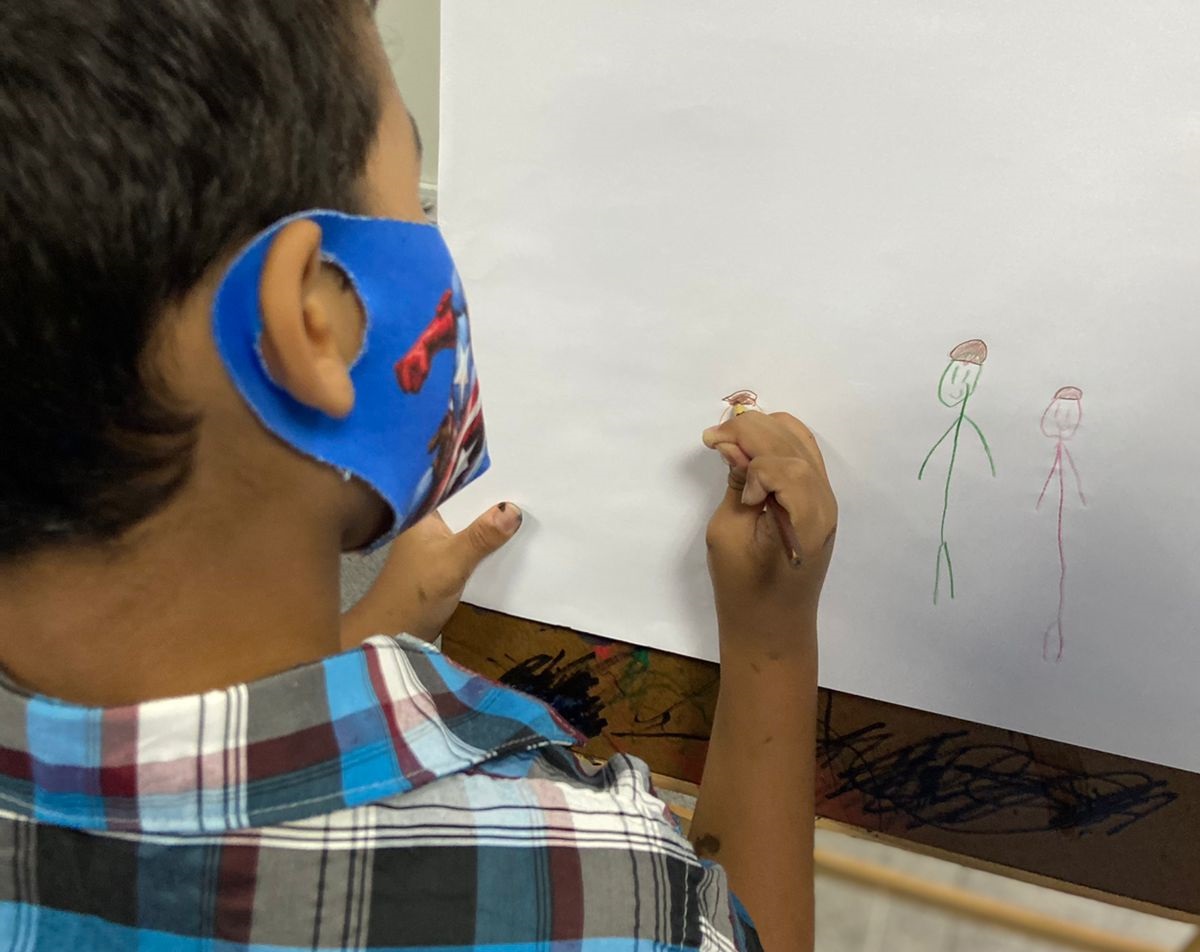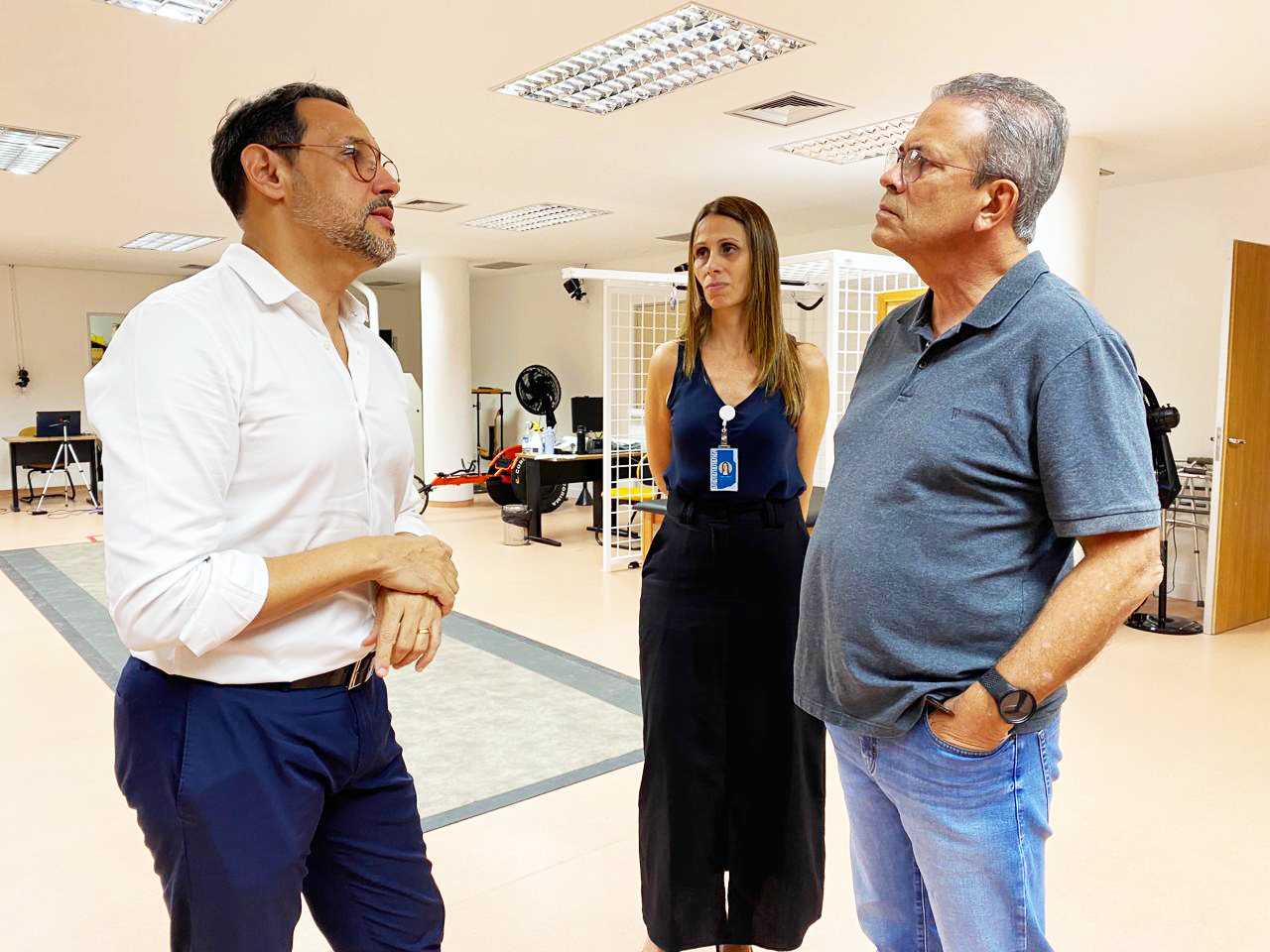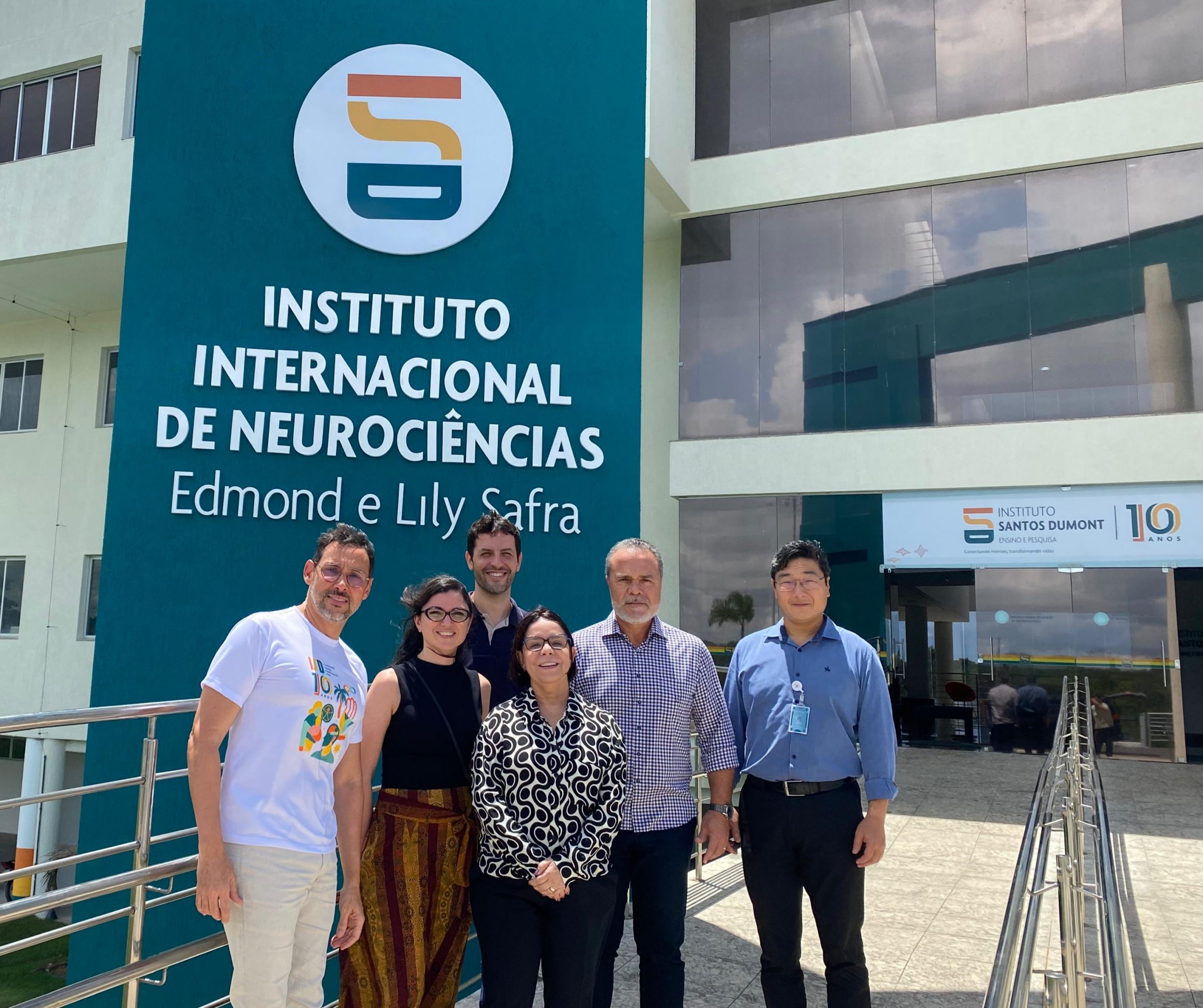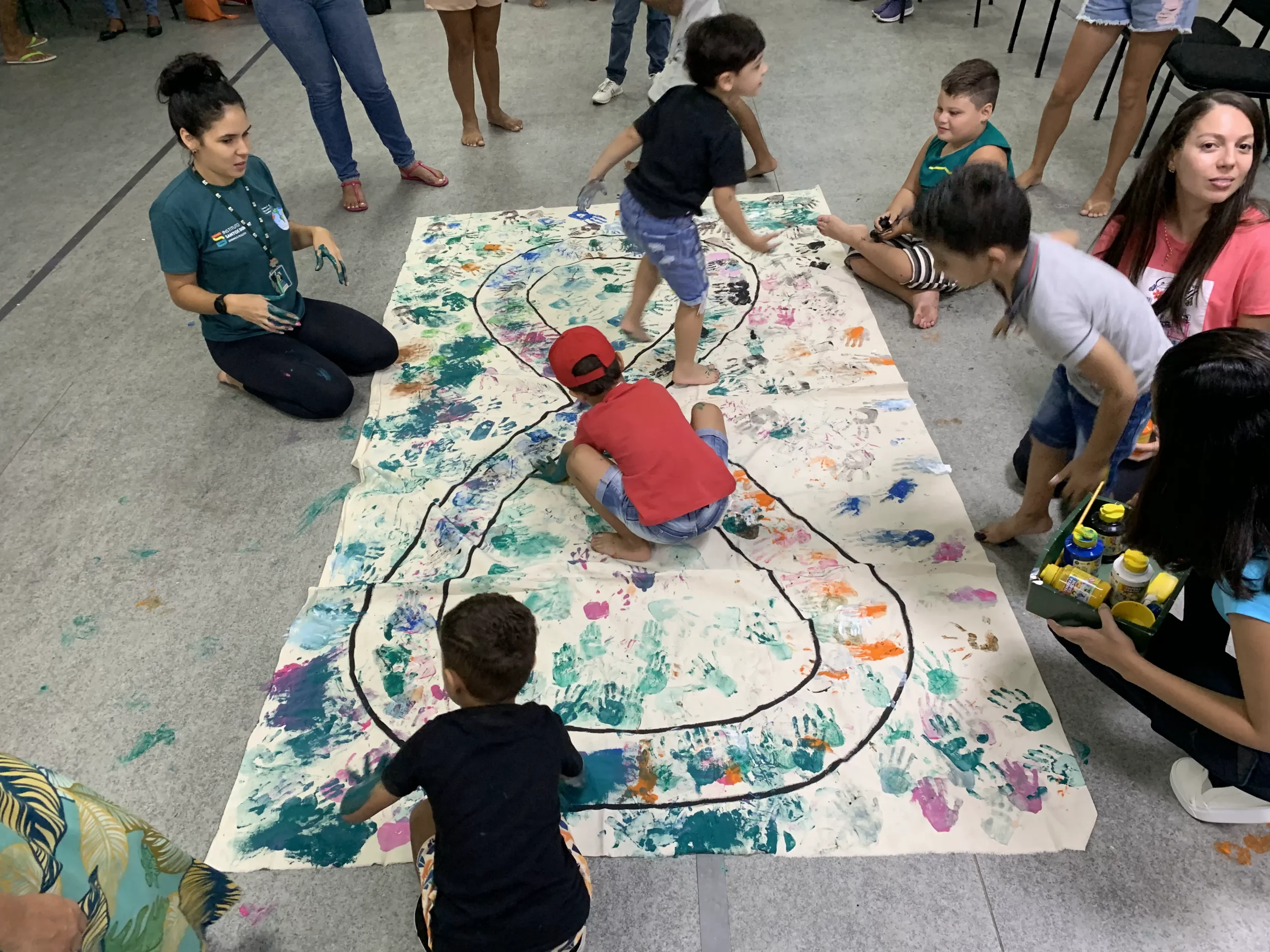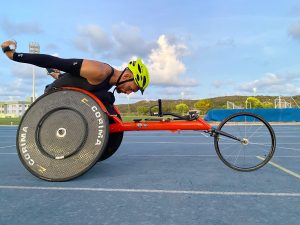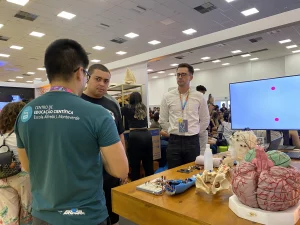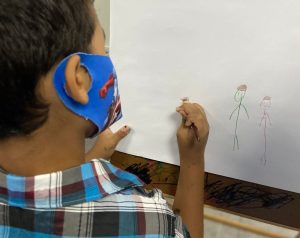Difficulty or excessive sensitivity in perceiving and interacting with aspects such as cold, heat, sounds or textures, lack of balance and difficulty in motor activities: these are some of the characteristics that, when present in an altered form, may indicate disorders in sensory processing. Often, alterations of this type permeate daily life and essential activities of daily living and represent an obstacle to autonomy. In this context, occupational therapy emerges as a solution to restore the functionality of people who do not feel fully connected with the sensory stimuli of the world around them. One answer is the sensory integration approach.
Sensory integration, one of several techniques applied in occupational therapy, began in the 1970s with occupational therapist Jean Ayres. The professional was credited with the discovery and creation of therapeutic methods for the evaluation and intervention of deficits sensory. Sensory integration is defined, based on studies by Jean Ayres, as the “process of organizing sensory information in the brain to promote adaptive responses”.
Some of the techniques applied within sensory integration include sensory modulation, adaptation and interaction of people with the environment and the application of strategies that provoke the body's automatic response. The occupational therapist preceptors at the Santos Dumont Institute (ISD), Jardany Barros and Thays Brígido, explain that the work developed within integration puts into practice an effective way of enabling or rehabilitating the functionality and autonomy of the individual.
“The person with sensory processing disorder lives without being able to process the senses properly. For this reason, they do not offer adaptive responses, they can wave their hands, cover their ears, make noises, refuse food or clothes, for example, and are unable to carry out their daily activities. Sensory integration uses equipment and clinical reasoning to ensure that these senses are integrated and the individual is able to process them properly and thus become an individual with autonomy and functionality”, explains Jardany.
The main goal of sensory integration is to make it actually functional. The ISD preceptors point out that integration alone does not discharge a user and, therefore, the participation of the family, school and community in the habilitation or rehabilitation process is essential.
“We work so that people don't need us anymore, so that they don't depend on the integration room. It is necessary to teach how to take a bus, encourage people to go to the beach and enter the sea, to be occupying a public space. In order to enable any individual, you need to know that integration is just a tool, often supporting this process”, reinforces occupational therapist preceptor Jardany Barros.
According to preceptor Thays Brígido, sensory integration has a well-defined role, being formed by a set of activities that must be carried out by professionals in the integration room, with the aim of boosting the potential of each person, but not creating a relationship of dependency with the integration room.
“The work we do with the family is to provide guidance, to bring adaptations and strategies that facilitate everyday life and encourage contact between people with sensory disorders and the world. The initial evaluation process takes into account the individuality of each person, so that we discover not only what the difficulties are, but also the strengths of each one”, explains Thays Brígido.
How does sensory integration work?
Sensory integration is a method chosen according to the individual therapeutic plan of each user, as well as other applications in occupational therapy. The preceptor Thays Brígido explains that, depending on the sensory symptoms presented as a complaint, the occupational therapist in charge defines which activities and strategies can be worked on together with the family to better meet the individual needs of the user.
Text: Naomi Lamarck / Ascom – ISD
Photograph: Mariana Ceci / Ascom – ISD
Communication Office
comunicacao@isd.org.br
(84) 99416-1880
Santos Dumont Institute (ISD)
It is a Social Organization linked to the Ministry of Education (MEC) and includes the Edmond and Lily Safra International Institute of Neurosciences and the Anita Garibaldi Health Education and Research Center, both in Macaíba. ISD's mission is to promote education for life, forming citizens through integrated teaching, research and extension actions, in addition to contributing to a fairer and more humane transformation of Brazilian social reality.


